Tag Archive: red blood cells
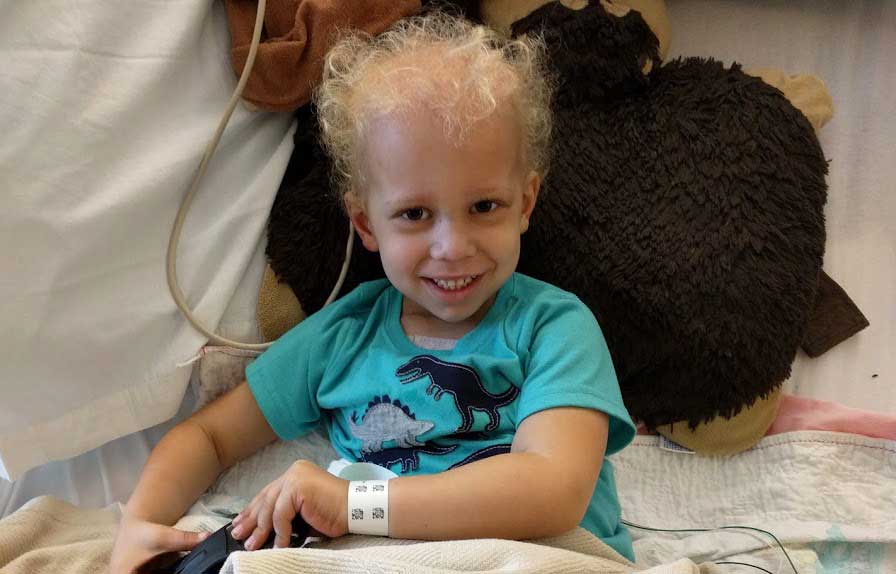
September 21, 2016 at 4:17 pm
Published by Dayna Myers, Contributor
As girls growing up in Menlo Park, Betsy McBride and her sister used to accompany their father when he donated blood at Stanford Blood Center (SBC). Betsy took the habit to heart, continuing to donate for SBC when she could....
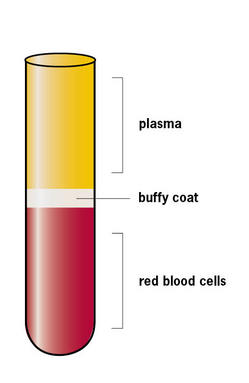
April 20, 2016 at 4:31 pm
Published by Kristin Garcia | Digital Marketing Project Manager
By Dianne Geary and Tho Pham, MD When a whole blood donation gets to lab, it goes for a spin in a centrifuge. From a whole blood unit, Stanford Blood Center (SBC) can then potentially get three products: packed red cells,...
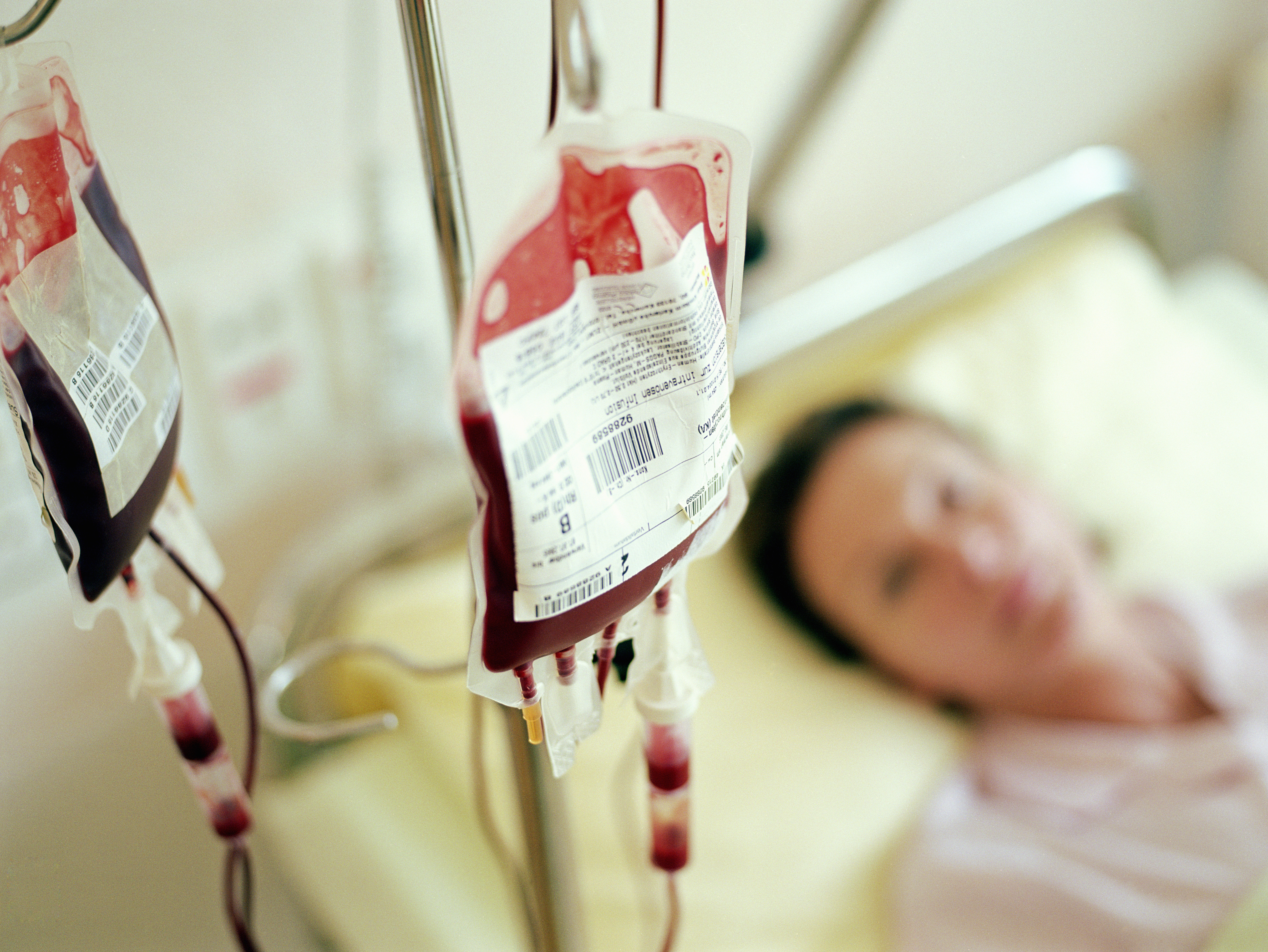
March 23, 2016 at 10:44 pm
Published by Kristin Garcia | Digital Marketing Project Manager
Each year, more than 5 million people require blood transfusions due to illness, surgery or serious injury. There is no manufactured alternative to human blood so the blood collected from donors is the only supply available to patients in need,...
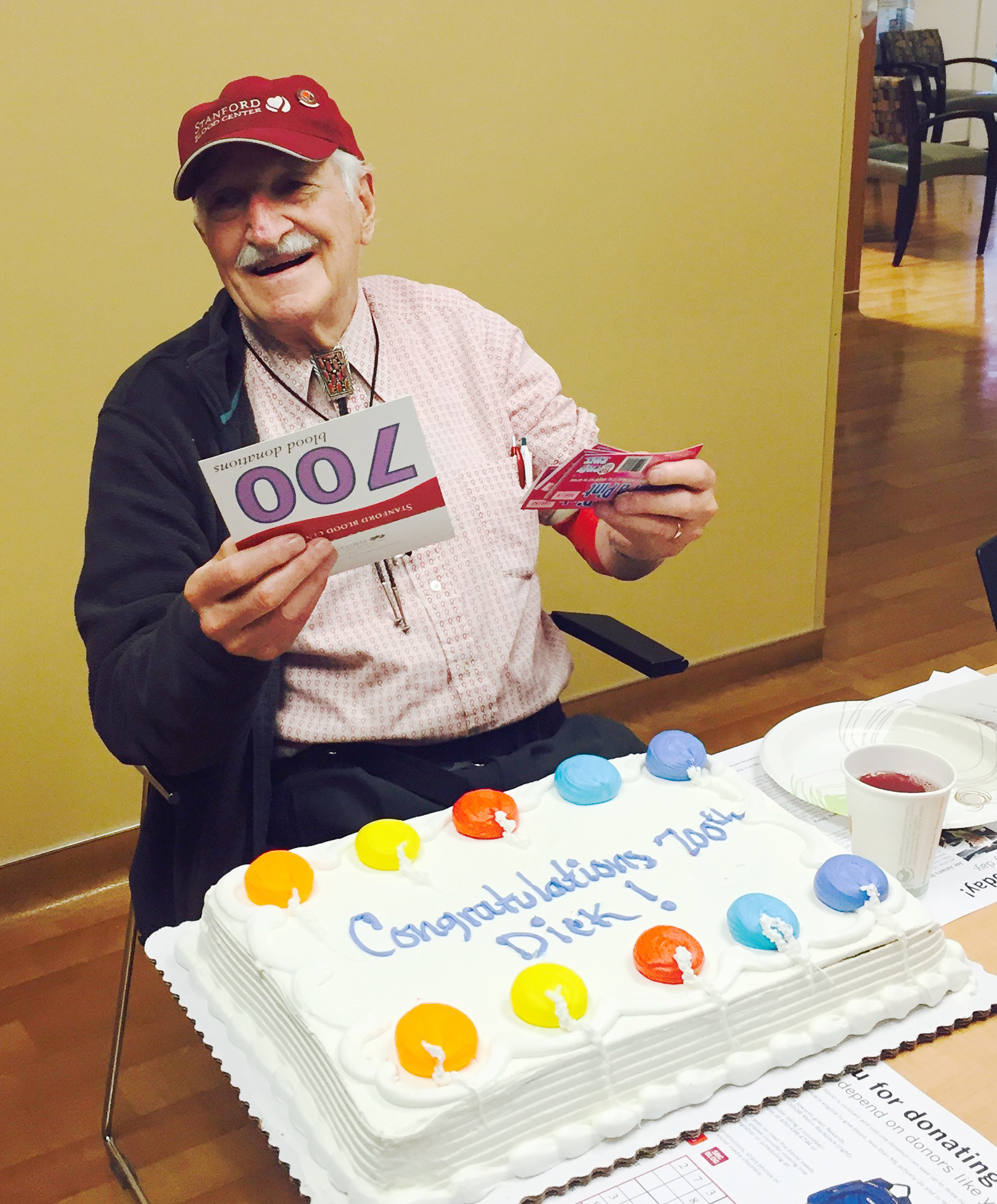
November 4, 2015 at 1:22 pm
Published by Kristin Garcia | Digital Marketing Project Manager
Updated: March 1, 2018 We are very sad to announce that long-time donor Alden Richard “Dick” Tagg has passed away. Dick was a kind and generous man – many people at SBC got to know him well over the years...
March 25, 2015 at 2:02 pm
Published by Stanford Blood Center
The Stanford Blood Center (SBC) mission states “We provide hope for the future: teaching tomorrow’s leaders in transfusion medicine, researching to unlock mysteries inherent in blood, and connecting donors to patients every day.” Part of the work SBC does to...
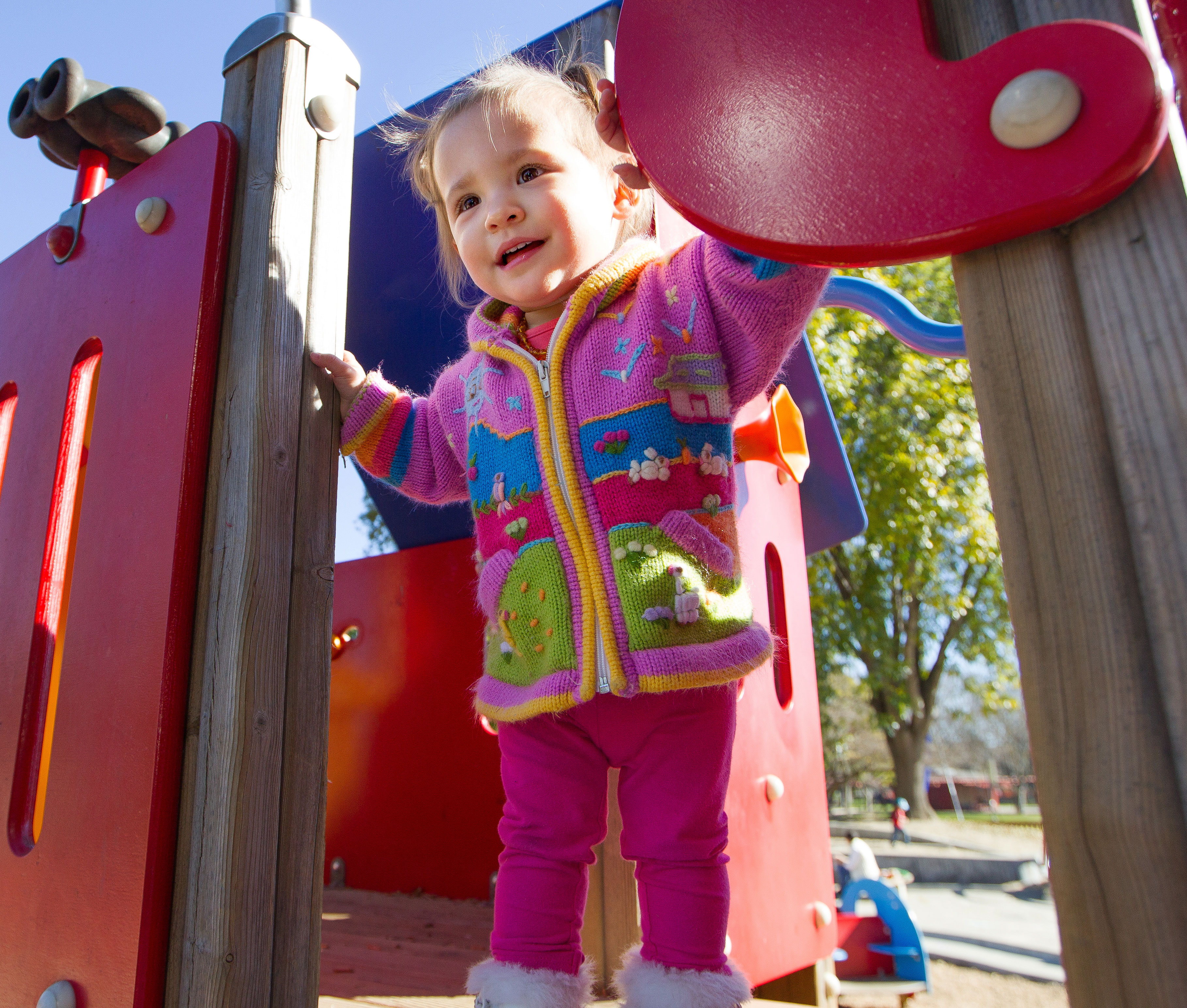
February 4, 2015 at 2:25 pm
Published by Kristin Garcia | Digital Marketing Project Manager
Aria is a lively 17-month-old with an infectious smile. One would never guess that she was born an anemic preemie who spent the first month of her life in the Newborn Intensive Care Unit (NICU) at Lucile Packard Children’s Hospital (LPCH)....
July 20, 2012 at 11:12 am
Published by Stanford Blood Center
By Billie Rubin, Hemoglobin's Catabolic Cousin, reporting from the labs of Stanford Blood Center
A heroic red blood cell - courageous, selfless, hard-working, picking up billions of oxygen molecules in the alveoli and coursing through the heart and every corner of the body electric feeding hungry tissues
March 20, 2012 at 3:25 pm
Published by Stanford Blood Center
By Billie Rubin, Hemoglobin's Catabolic Cousin, reporting from the labs of Stanford Blood Center
Today is the first day of spring! Get ready to be wowed by flowers blooming, love blossoming, and newborn farm animals running around. Youth and spring make blood bankers think of reticulocytes, red blood cells that haven't fully matured (the teenagers of the red cell world).
February 24, 2012 at 9:58 am
Published by Stanford Blood Center
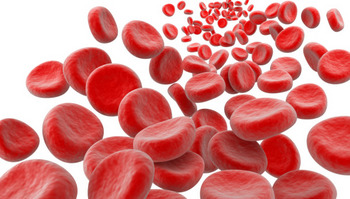
By Billie Rubin, Hemoglobin's Catabolic Cousin, reporting from the labs of Stanford Blood Center
Usually living cells have a nucleus where the chromosomes and DNA live, and a number of other organelles that are involved in making energy, proteins, repairs to itself, etc. But our little red blood cell (RBC) friends selflessly throw all of that away when they grow up to have more room for lots of hemoglobin molecules that bind to oxygen, then take all that oxygen to other tissues of the body. This selfless act leaves our RBCs with a diminished life span (just 120 days) because they can't repair themselves.
July 28, 2011 at 11:01 am
Published by Stanford Blood Center
By Julie Ruel, Social Media Manager, Stanford Blood Center
At Stanford Blood Center we collect several different types of blood products from our volunteer donors. All products have different functions pre- and post-donation. In other words, before and after they leave your body, they each serve different purposes. For the scope of this article, I'll focus on red blood cells (RBCs) collected during a whole blood donation and platelets collected during an ABC donation. These are the two most common products we draw, accounting for about 99% of our total donations in a year.






